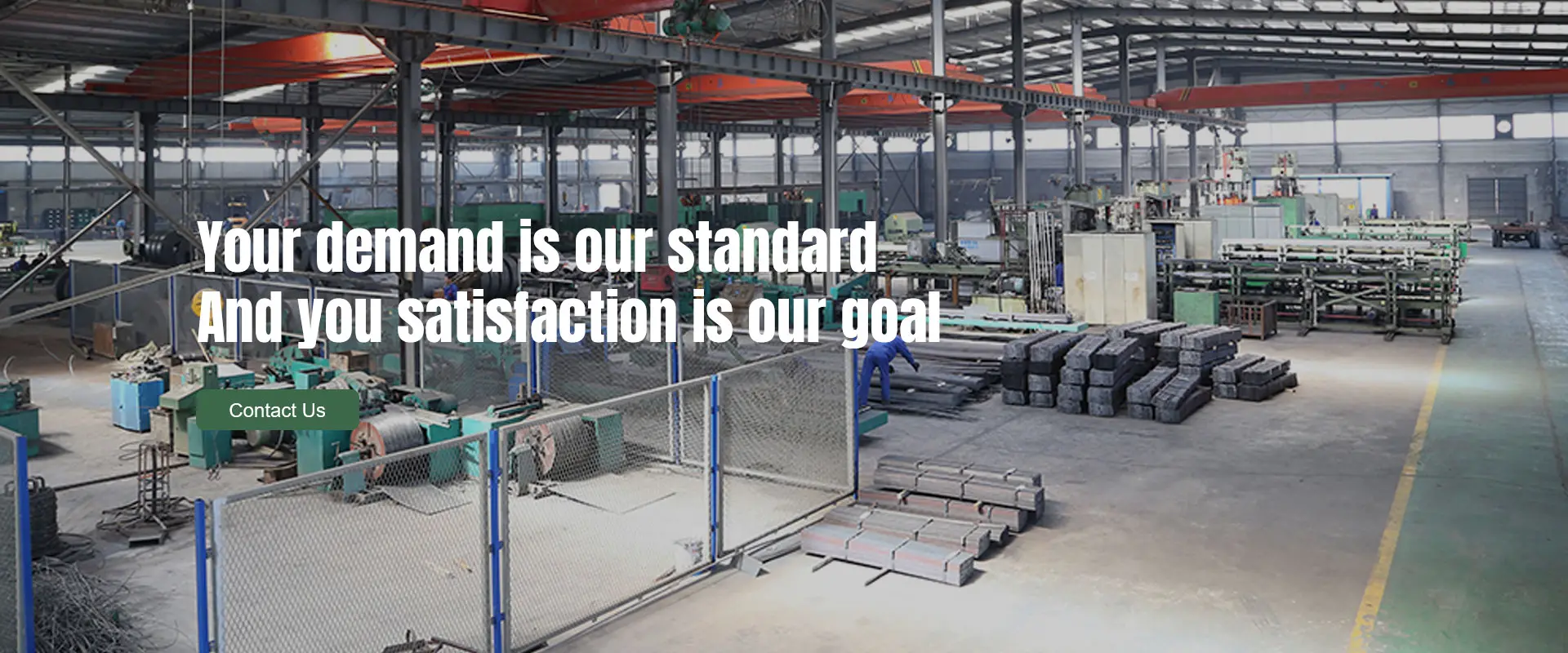Understanding 316 Stainless Steel Grating Properties and Applications
316 stainless steel grating is a highly versatile material widely used across various industrial and commercial applications. Known for its superior durability and resistance to corrosion, 316 stainless steel is an alloy composed primarily of iron, with added chromium, nickel, and molybdenum. This unique composition makes it particularly suitable for environments that are prone to moisture, chemicals, and harsh conditions.
Composition and Characteristics
The primary components of 316 stainless steel are iron, chromium (16-18%), nickel (10-14%), and molybdenum (2-3%). The addition of molybdenum is essential as it enhances the corrosion resistance of the alloy, especially against chlorides and acidic environments. This is why 316 stainless steel is often endorsed for marine applications or chemical processing plants where exposure to saltwater or corrosive substances is common.
One notable characteristic of 316 stainless steel grating is its exceptional strength-to-weight ratio. This allows for the creation of grating systems that are both lightweight and robust, capable of bearing heavy loads without bending or warping. The material can also withstand extreme temperatures, maintaining its structural integrity in high-heat applications.
Types of 316 Stainless Steel Grating
There are several types of grating made from 316 stainless steel, each designed for specific applications. The most common types include
1. Bar Grating This consists of parallel bars that are welded or pressed together, providing a stable surface for walkways, platforms, and vehicle access points.
2. Expanded Metal Grating Made from sheets of metal that are slit and stretched, expanded metal grating offers excellent slip resistance and visibility, making it ideal for stair treads and mezzanines.
3. Safety Grating Featuring a non-slip surface, safety grating can handle heavy foot traffic while reducing the risk of slips and falls.
316 stainless steel grating

Applications of 316 Stainless Steel Grating
The applications of 316 stainless steel grating are vast, primarily due to its durability and resistance to corrosive environments. Common applications include
- Marine Environments Many industries, including shipbuilding and oil drilling, require materials that can withstand oceanic conditions. 316 stainless steel grating is a go-to choice for docks, walkways, and offshore platforms.
- Chemical Processing Plants The presence of aggressive chemicals necessitates materials that can resist corrosion. Grating made from 316 stainless steel is often used for catwalks, platforms, and staircases in these facilities.
- Food and Beverage Industry With stringent hygiene standards, food processing facilities benefit greatly from the non-porous and easily cleaned nature of 316 stainless steel grating, making it suitable for use in preparation areas and processing equipment.
- Pharmaceuticals In environments where cleanliness is paramount, 316 stainless steel's ability to resist contaminants and withstand rigorous cleaning processes makes it ideal for pharmaceutical applications.
Conclusion
In summary, 316 stainless steel grating is an essential material in various sectors due to its unique properties, including excellent corrosion resistance, strength, and versatility. Its applications range from marine environments to the food processing industry, making it a reliable choice for professionals in numerous fields. Choosing 316 stainless steel grating not only ensures safety and durability but also aligns with industry standards for hygiene and performance.
-
Why Galvanized Trench Cover Steel Grating Resists Corrosion
NewsJul.10,2025
-
The Versatility and Strength of Stainless Expanded Metal Mesh
NewsJul.10,2025
-
Load Calculations in Steel Grating Platforms
NewsJul.10,2025
-
Keeping Pets and Kids Safe with Chicken Wire Deck Railing
NewsJul.10,2025
-
Hole Diameter and Pitch for Round Perforated Metal Sheets
NewsJul.10,2025
-
Aluminium Diamond Mesh in Modern Architecture
NewsJul.10,2025
Subscribe now!
Stay up to date with the latest on Fry Steeland industry news.

